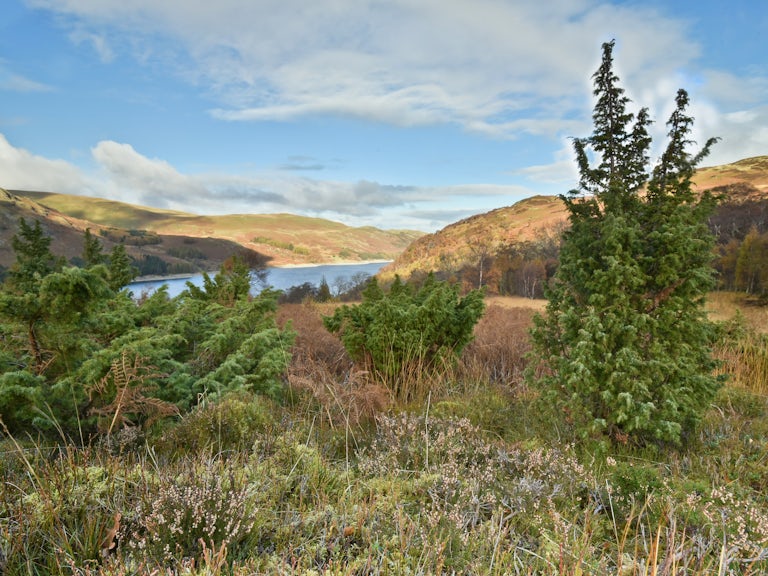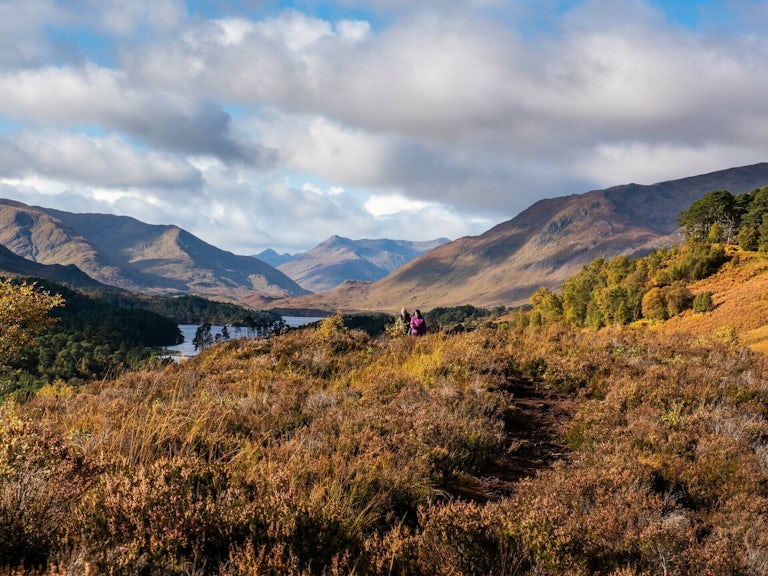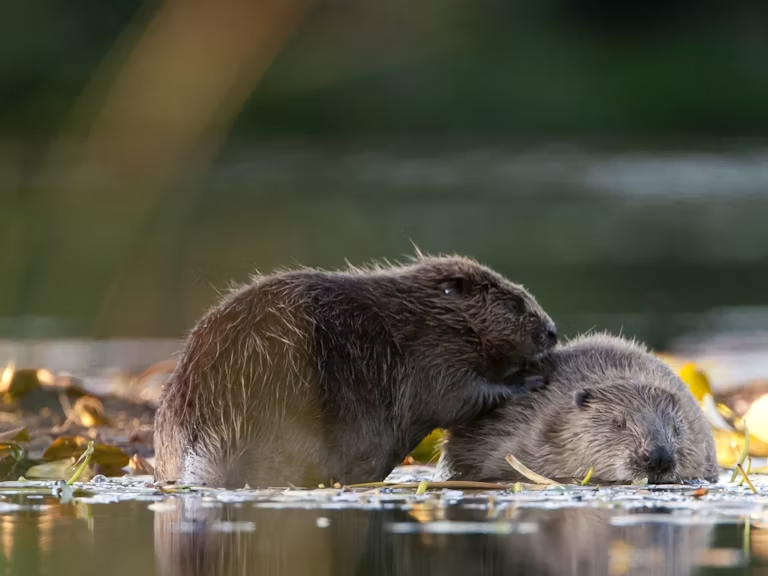Let nature work its magic and create a million acres of new woodland in England
Over a million acres of new tree cover could be created in England simply by letting existing woodland regenerate and spread, new research shows.
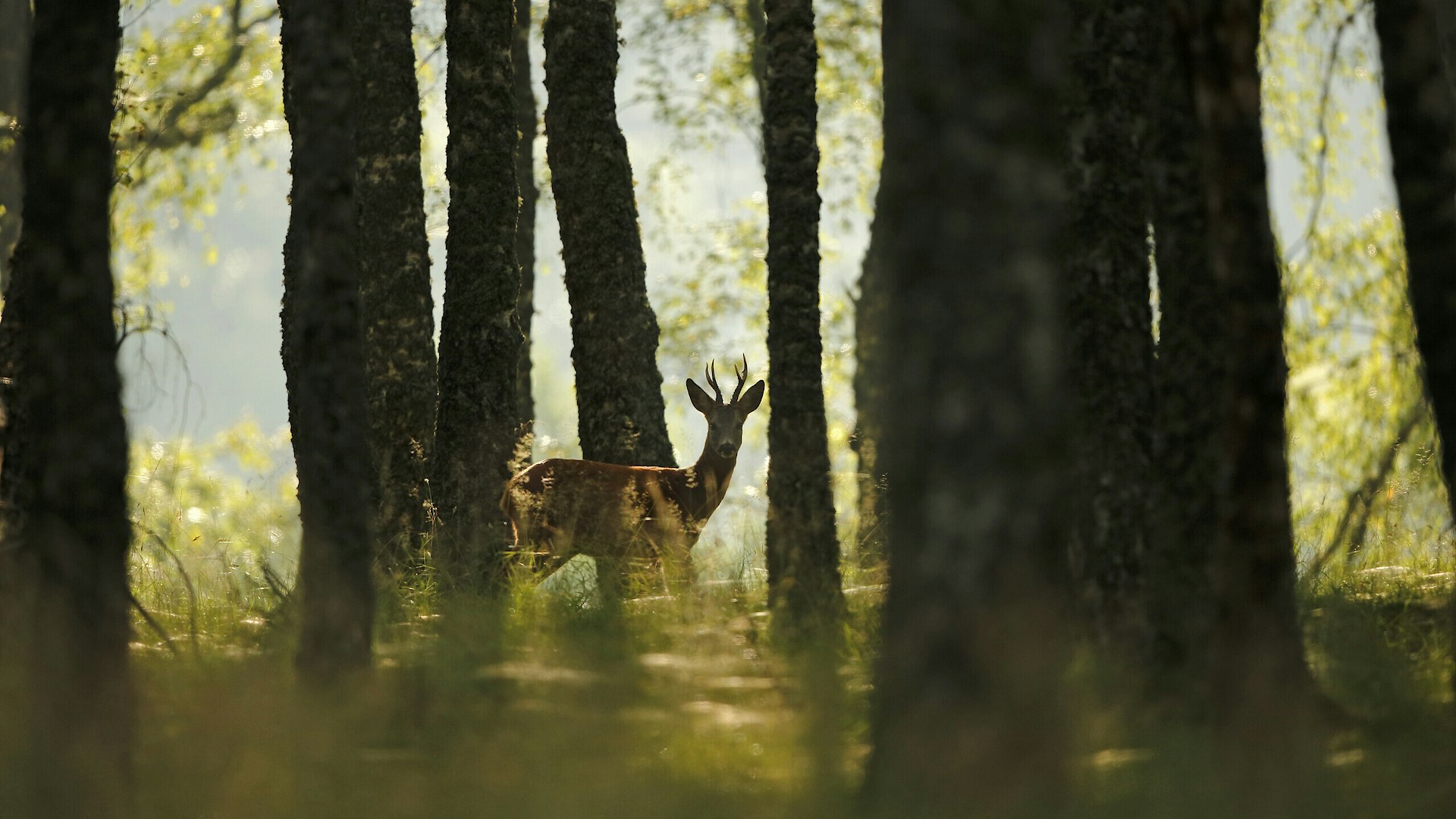
commissioned by Friends of the Earth in partnership with ļŕŃŌ’żń‹ŃŅ, bolster calls that the UK government should pay greater attention to natural regeneration as a way to confront nature and climate emergencies by increasing the country‚Äôs tree cover, alongside planting more trees.
Natural regeneration is the process by which trees self-seed through wind-blown seed dispersal or where animals like jays and squirrels bury nuts which then germinate. The benefit is that it naturally occurs, but is often disrupted by grazing livestock and deer eating the saplings.
New mapping, carried out by Tim Richards from TerraSullis on behalf of the two organisations, shows that allowing existing broadleaved woodlands in England to self-seed by 150 metres on all sides ‚Äď excluding nature reserves, priority habitats, and productive farmland ‚Äď would produce a million acres of new woodland. The analysis also identified the local authority areas with the greatest potential for natural woodland regeneration, which includes Cornwall, Harrogate and Northumberland.
England is one of Europe’s least wooded countries. Evidence from Friends of the Earth shows there is more than enough suitable land to double England’s tree cover, without affecting precious habitats such as peatlands or valuable farmland. Current rates of woodland creation in England remain at historically low levels, with just over 5,000 acres (2,000 hectares) established this past year, mostly through planting.
Mike Childs, head of research at Friends of the Earth, said:
“Doubling the UK’s tree cover should be a government priority, this is because the benefits are clear to see. It will help to restore nature and absorb climate-wrecking carbon emissions. By enabling woodlands to flourish, we can also reduce the UK’s dependence on timber imports in a further win for the planet.
‚ÄúNatural regeneration puts us well on the way to that goal in England. By substantially increasing funding for farmers and other landowners so they can set aside suitable land for natural woodland regeneration, we can let nature work its magic.‚ÄĚ
Guy Shrubsole, policy and campaigns coordinator at ļŕŃŌ’żń‹ŃŅ, said:
“This new study confirms that natural regeneration has a huge role to play in helping meet woodland creation goals, draw down carbon and help wildlife to recover.
‚ÄúAllowing trees to self-seed leads to more biodiverse woodland and scrub habitat than if they are simply planted, and supports many threatened species of plants, birds and mammals. By working with nature, it helps resolve the problem of growing the ‚Äč‚Äėright tree in the right place‚Äô ‚Äď and does so at lower overall cost, because you don‚Äôt have to pay for saplings or the costs of planting them.‚ÄĚ
Although the government announced earlier this year that it would fund natural regeneration for the first time with public money, Friends of the Earth and ļŕŃŌ’żń‹ŃŅ say the are flawed. That‚Äôs because applicants for the government grant will only receive funding for natural regeneration if their site is within 75 metres of a viable seed source, such as a nearby wood. However, a funded by the government that trees can naturally regenerate up to 150 metres from a seed source. The grant‚Äôs existing terms constrain the full potential of natural regeneration when trees are proven to self-seed over far greater distances.
That‚Äôs why Friends of the Earth and ļŕŃŌ’żń‹ŃŅ are today calling on the government to seize the opportunity to create biodiverse new woodlands cost-effectively by raising the grant threshold from 75 metres to 150 metres from any broadleaf woodland seed source. This is providing that important wildlife habitats are not threatened, nor peat-rich soils which play an important role in sequestering carbon.
These ‚Äč‚Äėbuffer zones‚Äô around existing wooded areas would also need protection from overgrazing to thrive. This could be achieved through a mixture of fencing and innovative , which controls where livestock graze using GPS instead.
“Allowing trees to self-seed leads to more biodiverse woodland and scrub habitat than if they are simply planted, and supports many threatened species of plants, birds and mammals”
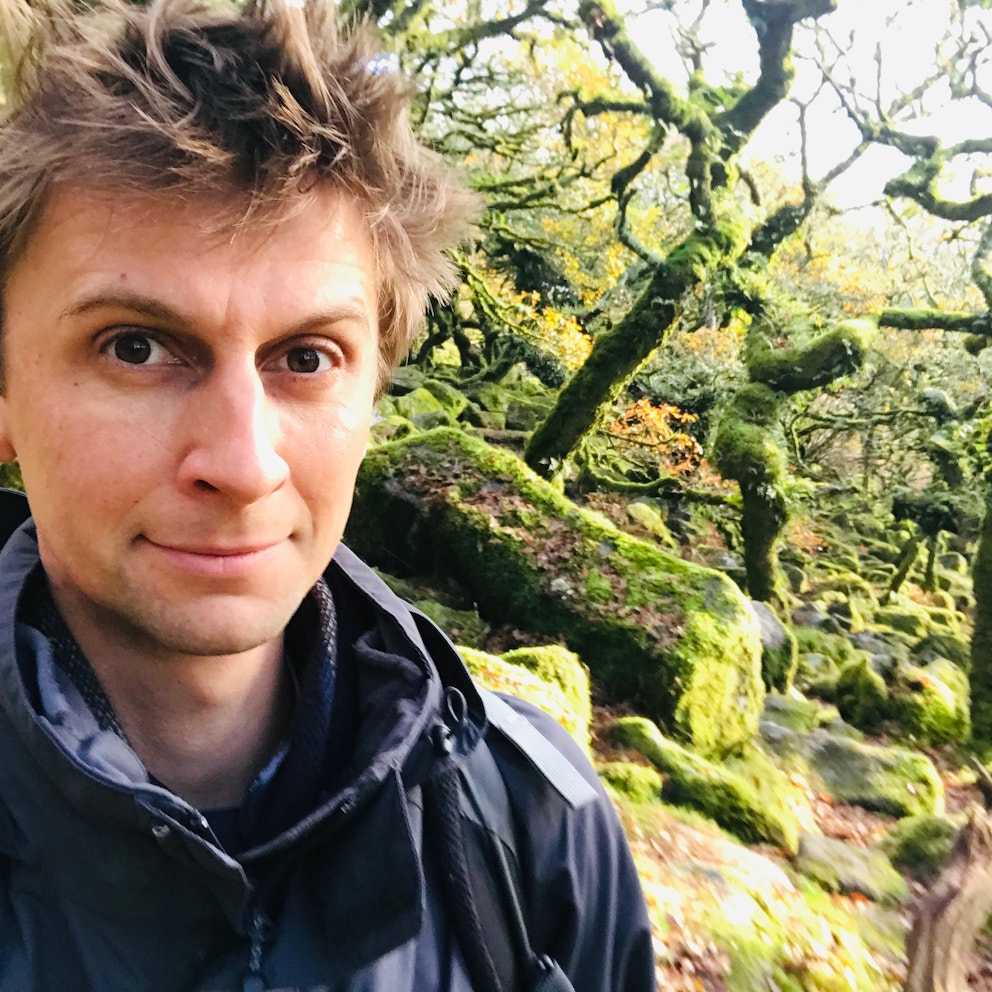
Guy Shrubsole
policy and campaigns coordinator, ļŕŃŌ’żń‹ŃŅ
For more information and interview requests contact the Friends of the Earth press office on 020 7566 1649 or email [email protected].
- New mapping highlighting opportunities for natural regeneration can be viewed .
- The online rewilding map is publicly available under the ‚ÄúNature‚ÄĚ tab.
- The top 20 local authority areas with the greatest potential for natural woodland regeneration:
Local authority area | Potential acres of natural regeneration |
Cornwall | 69,598 |
West Devon District (B) | 39,712 |
Torridge District | 39,348 |
Shropshire | 38,769 |
North Devon District | 32,893 |
Dorset | 32,775 |
Northumberland | 31,309 |
County of Herefordshire | 30,275 |
South Lakeland District | 30,216 |
Mid Devon District | 25,625 |
Derbyshire Dales District | 22,699 |
Somerset West and Taunton District | 20,117 |
Teignbridge District | 19,349 |
Staffordshire Moorlands District | 18,954 |
South Hams District | 18,554 |
Wiltshire | 17,459 |
County Durham | 16,934 |
Eden District | 16,836 |
Wealden District | 16,060 |
Harrogate District (B) | 14,916 |
- The full list of local authority areas with potential for natural regeneration can be made available on request.
- Friends of the Earth is an international community dedicated to the protection of the natural world and the wellbeing of everyone in it. We bring together more than two million people in 75 countries, combining people power all over the world to transform local actions into global impact. For more information visit: friendsoftheearth.uk follow us at @friends_earth, or like our Facebook page.
- ļŕŃŌ’żń‹ŃŅ wants rewilding to flourish ‚Äď to tackle the climate and extinction crises, reconnect people with nature, and inspire people through new opportunities. See rewildingbritain.org.uk.
